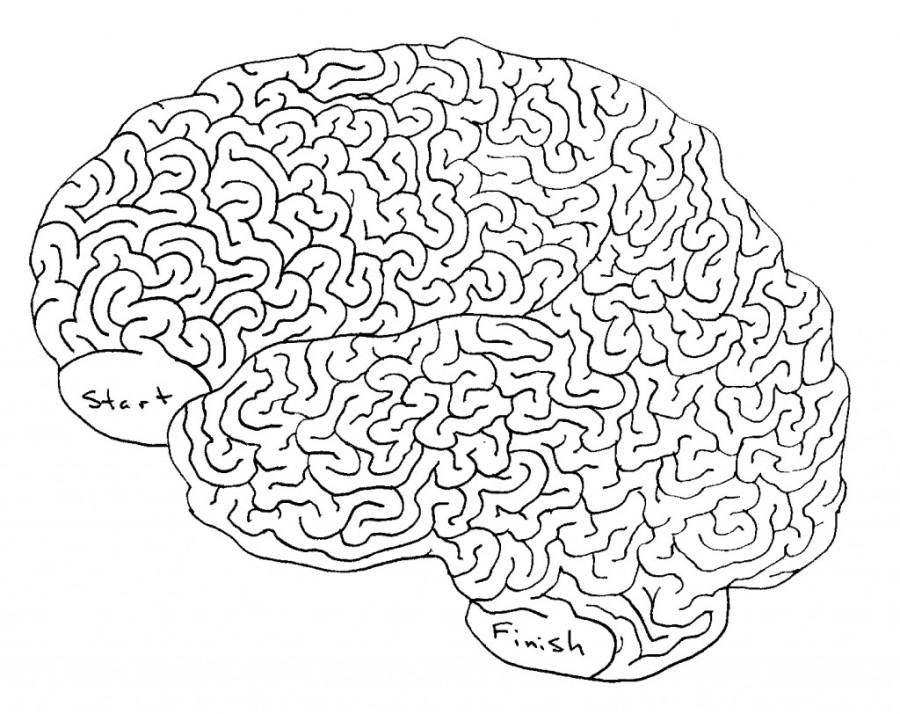Student brains are more than a science experiment and a standard scale
You get one minute, she gets three, he gets five. Is possible to determine the pace of a person’s brain? Apparently it’s a quick calculation.
If you’ve ever taken a science class, you know that an experiment requires a dependent variable, an independent variable, and a control. The most important component is the control. If you’re testing how long it takes for a rat to run through a maze but one rat is given an hour, and the other rat is given a minute, which will consistently have more success? Schools test students, giving some extended time and others only the default period, as if they were rats in a maze in an experiment without a control variable.
However, students are not rats. It is difficult to calculate that one person’s brain needs exactly 30 minutes to finish a task, whereas another needs exactly an hour. The human brain cannot be solved with a math problem.
Yes, teachers and test administrators try: “(Teachers) plan accordingly. They know to schedule 30 minutes for a quiz that some may complete in 15 minutes, while others may take 45 minutes,” said Urban’s learning specialist Laurie Williams.
If all students are being assessed equally, how can they not all be given the amount of time they need? Extended time aims to even the playing field for students with diagnosed learning disabilities. But who is to say that 3 hours and 45 minutes is exactly how long someone without a diagnosed learning disability needs to complete the SAT?
“(The ACT, SAT, and AP) rely on people’s abilities to take in information and respond quickly, and the regular time limits do not allow for people to stop and think. In that sense, the tests are only hard if you don’t have enough time to complete them,” said Sam Lenney (’15).
“(Receiving extra time has) benefited me significantly for the SAT/PSAT because I am able to relax and take my time,” said Phoebe Yusim (’16).
“I don’t have to rush through the test and can go through at my own pace,” said Julia Shorofsky (’15).
I know that if I was ensured the ability to stop and think, I would be able to more accurately demonstrate what I know. Being rushed increases my chances of making mistakes that, when I look back, I would not have made had I not felt rushed by my time limit.
A student without extra time must show what they know, possibly without enough time to think, whereas students with extra time are allowed time to think; so where is that control variable?
“Some brains require more time; we do not all process information with the same ease and speed,” said Williams.
But neurotypical does not mean neuroidentical. There is no “standard brain” to test with a “standardized test” because a brain can only do its best if given the amount of time it needs to do so.
“The function of extra time is not to get better grades and do better than your classmates, it is about making it fair, even, and leveling the playing field,” said Corey Smith (’16).
And I agree. Extra time is crucial to students whose brains process information differently from the average student. But how can it be fairly monitored?
Thus, the question arises: why can’t every brain be given the opportunity to show its full potential? Yes, it may be inefficient to let everyone take as long as they need on a test, but when it determines the future of our lives, every measure should be taken to provide fair testing.


